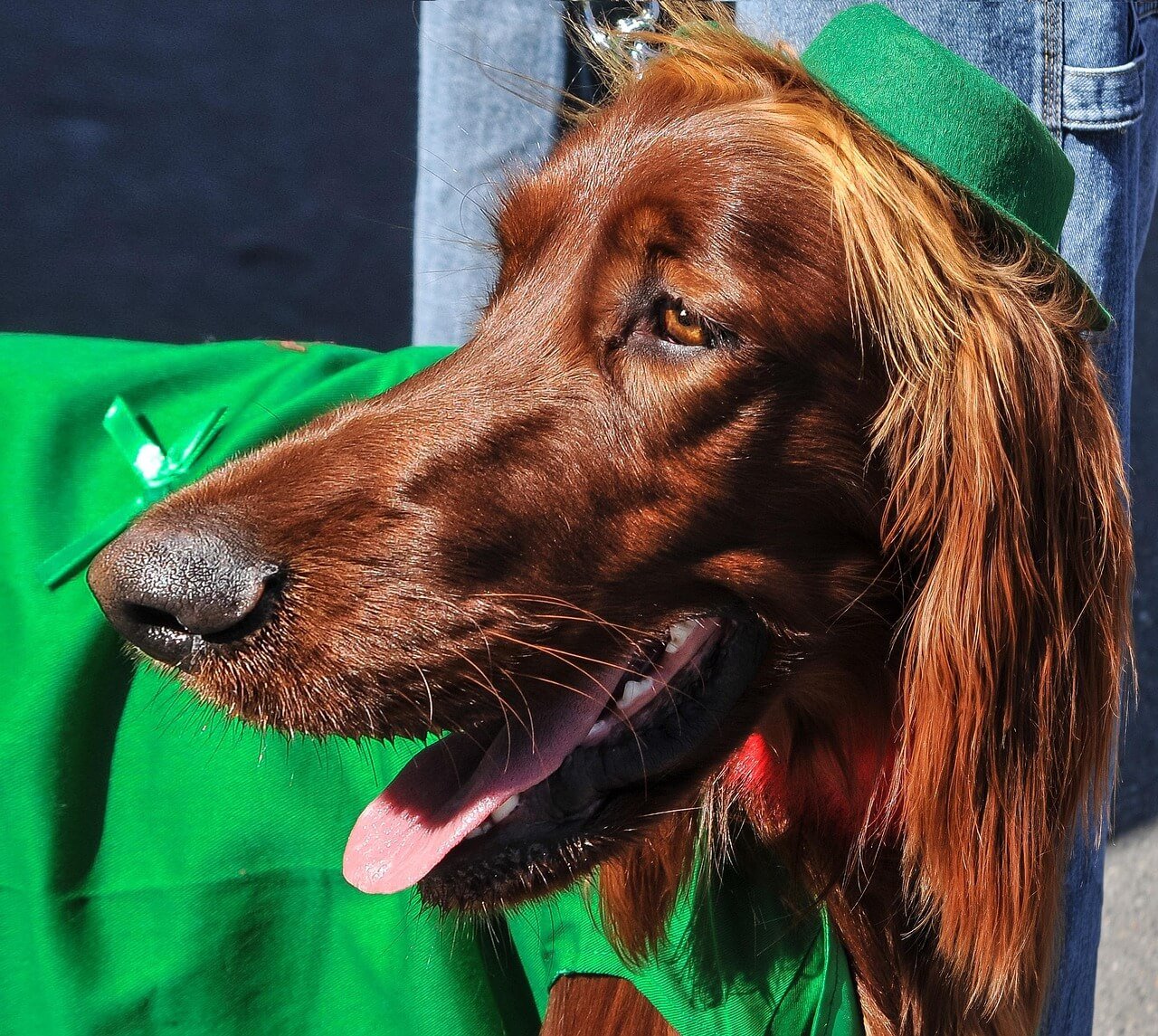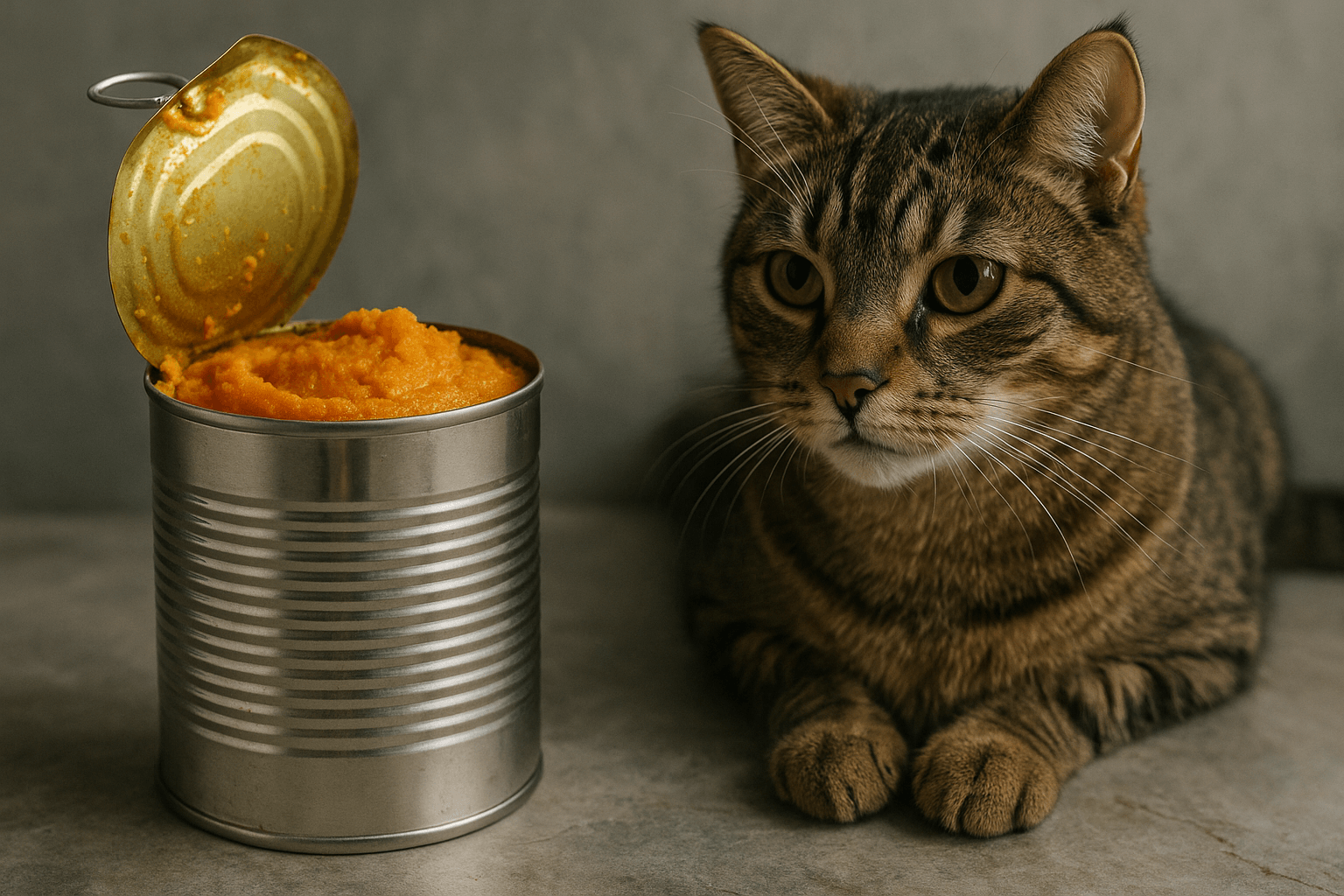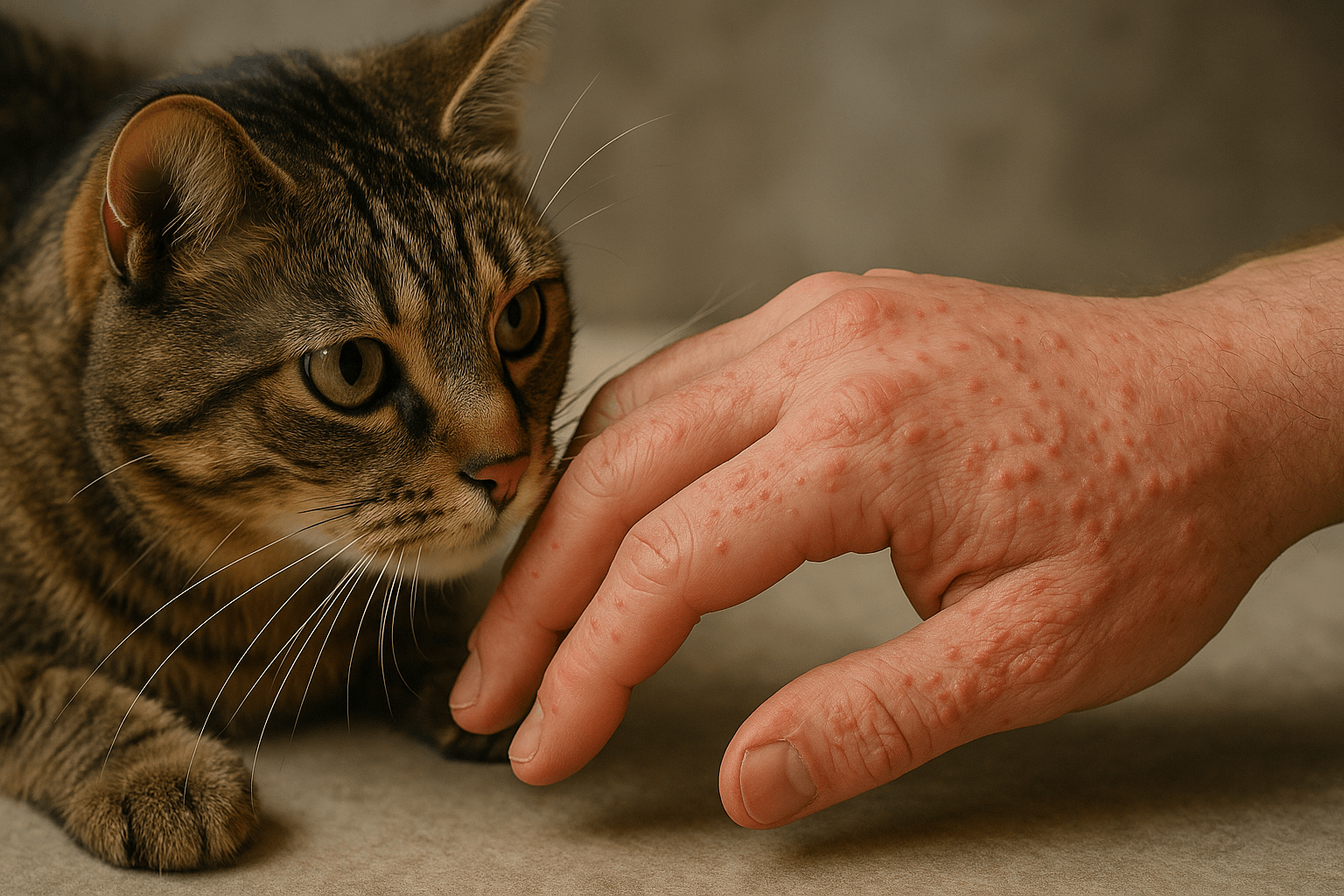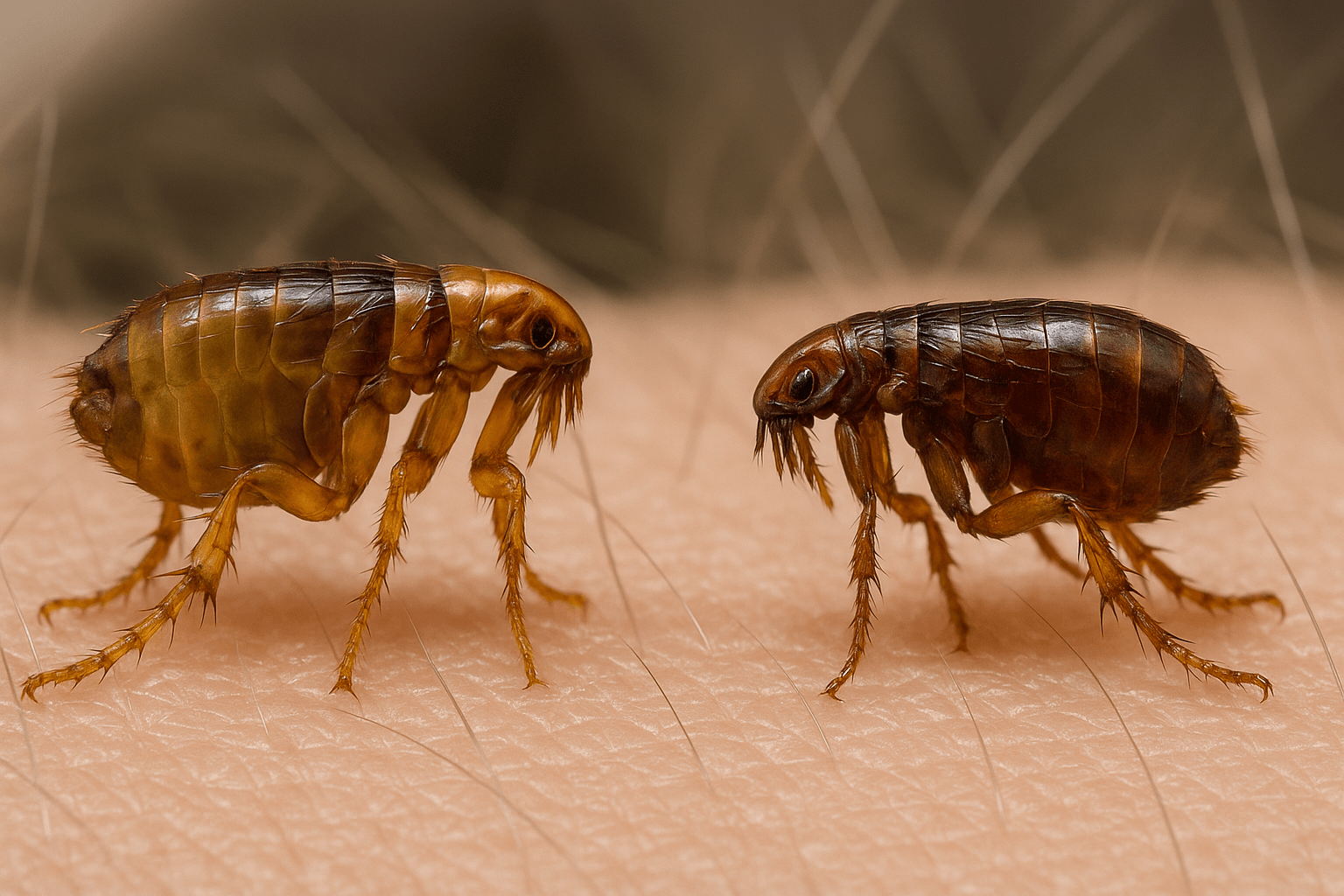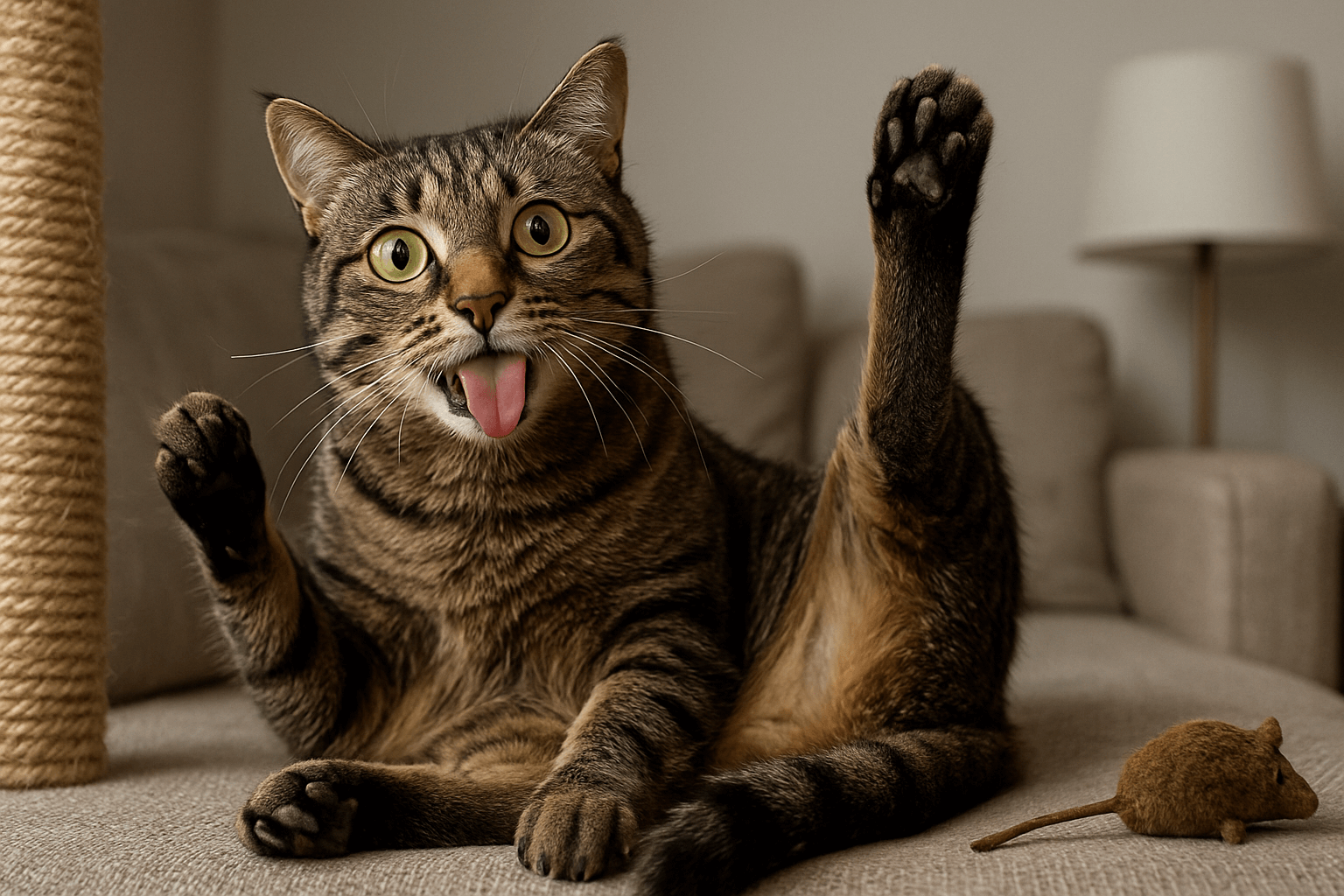How to Clean Dog Eye Boogers: A Step-by-Step Guide for Pet Owners
Every dog owner knows that our furry companions are prone to a little mess now and then. One common issue? Those pesky eye boogers, or eye discharge, that can accumulate around your dog’s eyes. While it might seem like a minor annoyance, keeping your dog’s eyes clean is essential for their comfort and overall health. Excessive discharge can sometimes indicate underlying issues, such as allergies, infections, or blocked tear ducts. In this blog post, we’ll walk you through how to clean dog eye boogers safely and effectively, ensuring your pup stays happy, healthy, and irritation-free.
What Causes Dog Eye Boogers? Common Triggers
Before diving into the cleaning process, it’s important to understand what causes eye discharge in dogs. This knowledge can help you identify potential problems early and take appropriate action. Here are some common reasons for dog eye boogers:
Tear Staining: Breeds with light-colored fur, like Bichon Frises or Maltese, often experience tear staining, which leads to dried discharge.
Allergies: Environmental allergens like pollen, dust, or food sensitivities can cause excessive tearing and buildup.
Infections: Bacterial or viral infections, such as conjunctivitis, may result in thick, yellow, or green discharge.
Blocked Tear Ducts: Some dogs have anatomical issues that prevent tears from draining properly, leading to overflow and crustiness.
Foreign Objects: Dirt, grass, or debris trapped in the eye can irritate it and cause increased discharge.
Understanding these causes can help you determine whether your dog’s eye boogers are normal or a sign of something more serious. If you notice persistent or unusual discharge, consult your veterinarian for guidance.
How to Safely Clean Your Dog’s Eyes: Step-by-Step Tips
Cleaning your dog’s eyes doesn’t have to be complicated, but it does require gentleness and care. Follow these steps to ensure the process is safe and stress-free for both you and your pup:
Gather Supplies: Use soft, lint-free cloths or cotton balls, and choose a dog-safe eye cleanser or saline solution.
Choose a Calm Environment: Find a quiet space where your dog feels relaxed and secure during the cleaning process.
Soak the Cloth or Cotton Ball: Dampen the cloth or cotton ball with the cleanser or saline solution to soften the discharge.
Wipe Gently: Start from the inner corner of the eye and wipe outward, avoiding direct contact with the eyeball itself.
Repeat as Needed: Use a fresh cloth or cotton ball for each eye to prevent cross-contamination.
By following these steps, you can keep your dog’s eyes clean and free of irritation. Regular cleaning also helps you monitor their eye health and spot any abnormalities early.
Check this guide 👉Understanding Dog Eye Bleeding: Best 7 Health Tips!
Check this guide 👉Understanding Dog Eye Cysts: Best 7 Health Tips!
Check this guide 👉Understanding Dog Eye Allergies: Best 7 Health Tips!
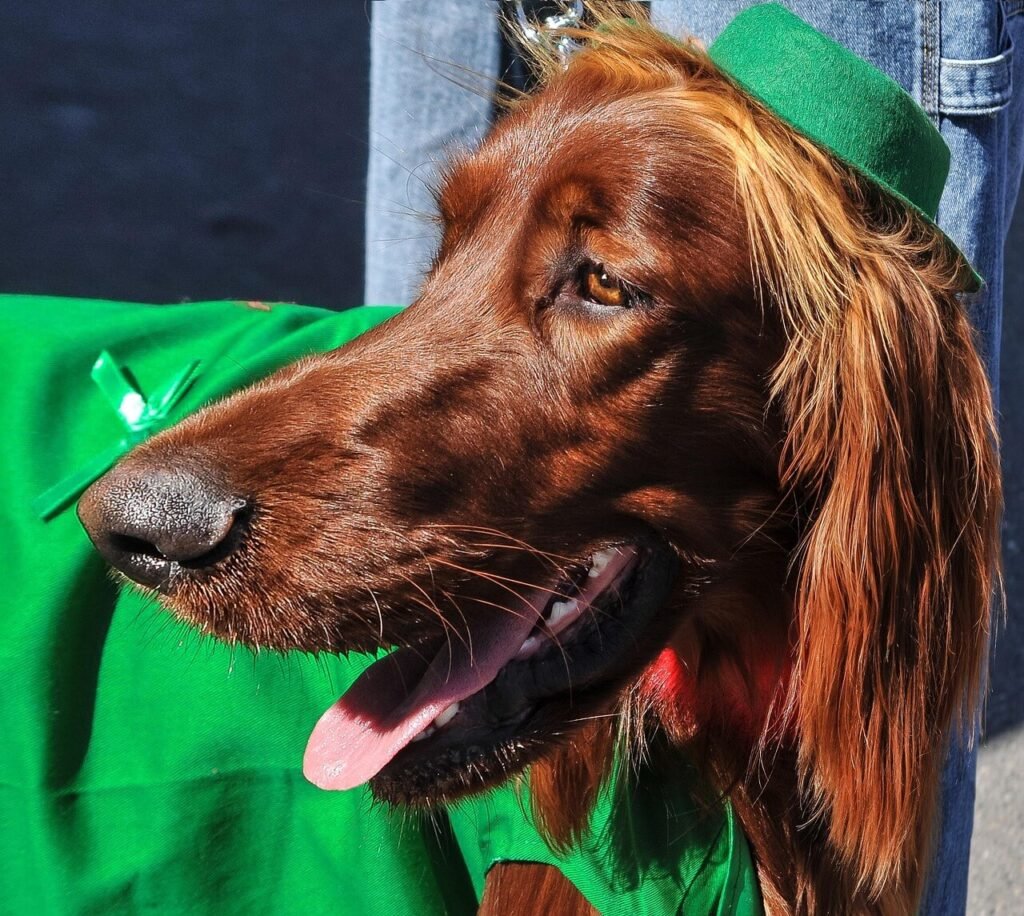
Supplies You’ll Need | Tips for Effective Cleaning |
|---|---|
Soft, lint-free cloth or cotton balls | Always use a gentle touch to avoid discomfort |
Dog-safe eye cleanser or saline solution | Clean one eye at a time to reduce stress |
Warm water for rinsing | Check for signs of infection, like redness or swelling |
Treats to reward your dog | Avoid using harsh chemicals near the eyes |
A calm, quiet space | Be patient—some dogs may need time to adjust |
Signs of Eye Problems in Dogs: When to See a Vet
While occasional eye boogers are normal, certain symptoms may indicate a more serious issue. Being aware of these signs can help you seek veterinary care promptly. Here’s what to watch for:
Excessive Tearing: Constant watery eyes could signal an infection or blocked tear ducts.
Yellow or Green Discharge: This may indicate a bacterial or viral infection requiring treatment.
Redness or Swelling: Inflamed eyes can be a sign of irritation, allergies, or an injury.
Cloudy or Bluish Eyes: Changes in eye color may point to conditions like cataracts or glaucoma.
Squinting or Pawing at the Eyes: These behaviors suggest discomfort or pain that needs attention.
If you notice any of these symptoms, schedule a vet visit as soon as possible. Early intervention can prevent complications and ensure your dog’s eyes stay healthy.
Preventing Eye Boogers: Proactive Care Tips
Prevention is key to minimizing eye discharge and keeping your dog comfortable. Here are some proactive steps you can take to reduce the likelihood of eye boogers:
Regular Grooming: Trim hair around your dog’s eyes to prevent irritation and reduce tear staining.
Keep Their Face Clean: Wipe your dog’s face daily with a damp cloth to remove dirt and debris.
Check for Allergens: Identify and minimize exposure to environmental allergens like pollen or dust.
Provide a Balanced Diet: Proper nutrition supports overall eye health and reduces the risk of infections.
Schedule Routine Vet Visits: Regular check-ups allow your vet to catch potential issues before they worsen.
By incorporating these practices into your routine, you can help keep your dog’s eyes clear and healthy. Prevention not only saves time but also ensures your pup stays comfortable.
What Not to Do When Tackling Eye Boogers
While cleaning your dog’s eyes is a simple task, there are some common mistakes that pet owners should avoid to prevent irritation or injury. Knowing what not to do can make the process safer and more effective for your pup. Here are some pitfalls to steer clear of:
Using Harsh Chemicals: Products like alcohol or hydrogen peroxide can irritate your dog’s sensitive eye area.
Rubbing Too Hard: Aggressive wiping can cause discomfort or even scratch the delicate surface of the eye.
Reusing Dirty Cloths: Using the same cloth or cotton ball for both eyes can spread bacteria or infection.
Ignoring Underlying Issues: Focusing only on cleaning without addressing potential health problems can delay proper treatment.
Skipping Regular Check-Ups: Neglecting routine vet visits may allow minor issues to escalate into major problems.
By avoiding these mistakes, you can ensure the cleaning process is gentle, hygienic, and effective. Always prioritize your dog’s comfort and safety.
Which Dog Breeds Are More Likely to Have Eye Boogers?
Certain dog breeds are more prone to excessive tearing and eye discharge due to their anatomy or genetic predispositions. If you own one of these breeds, extra care and attention may be needed to keep their eyes clean. Here are some examples:
Bulldogs and Pugs: Brachycephalic (flat-faced) breeds often have shallow eye sockets, leading to tear overflow.
Shih Tzus and Lhasa Apsos: These breeds frequently experience blocked tear ducts, causing chronic tearing.
Cocker Spaniels: Known for their droopy eyes, they are prone to infections and discharge buildup.
Bichon Frises and Maltese: Their light-colored fur makes tear staining highly visible and requires regular grooming.
Poodles: Curly-haired breeds like Poodles may trap dirt and debris around the eyes, increasing discharge.
If your dog belongs to one of these breeds, proactive cleaning and monitoring are essential to maintain their eye health. Consult your vet for breed-specific advice if needed.
Gentle Solutions to Complement Regular Cleaning
In addition to regular cleaning, some natural remedies can help manage mild cases of eye discharge. While these solutions are not substitutes for veterinary care, they can provide additional support for your dog’s eye health. Here are some options to consider:
Chamomile Tea Bags: Cool, damp chamomile tea bags can soothe irritated eyes and reduce redness.
Coconut Oil (Externally): Apply a small amount around the eye area to moisturize skin affected by tear staining.
Saline Solution: A homemade saline solution (1 teaspoon of salt in 1 cup of warm water) can safely clean away crusty discharge.
Aloe Vera Gel (Pet-Safe): Use a small dab to reduce inflammation around the eye area, but ensure it’s free of harmful additives.
Dietary Supplements: Omega-3 fatty acids can promote overall eye health and reduce inflammation from the inside out.
These natural remedies can complement your cleaning routine and improve your dog’s comfort. However, always consult your veterinarian before trying new treatments to ensure they’re safe for your pup.
Frequently Asked Questions About Cleaning Dog Eye Boogers
How often should I clean my dog’s eyes?
It depends on your dog’s breed and eye condition, but generally, once or twice a week is sufficient unless advised otherwise by your vet.
Can I use baby wipes to clean my dog’s eyes?
No, baby wipes may contain fragrances or chemicals that can irritate your dog’s eyes. Stick to dog-safe products.
What if my dog has tear stains?
Tear stains are common in light-colored breeds. Use a tear stain remover or consult your vet for safe solutions.
Is it normal for my dog to have eye boogers every day?
Occasional discharge is normal, but daily buildup could indicate an underlying issue that needs attention.
Can I use human eye drops for my dog?
No, human eye drops may contain ingredients that are harmful to dogs. Always consult your vet for pet-safe options.
Final Thoughts: Keeping Your Dog’s Eyes Healthy
Cleaning your dog’s eye boogers might not be the most glamorous part of pet ownership, but it’s an important aspect of their overall care. By understanding the causes of eye discharge, using the right tools, and staying vigilant for signs of trouble, you can ensure your dog’s eyes remain healthy and irritation-free. Remember, prevention and regular maintenance go a long way in keeping your pup comfortable and happy. With a little patience and love, you’ll have a bright-eyed companion ready to explore the world alongside you.
Canned Pumpkin for Cat Diarrhea: Best 7 Expert Tips! Natural remedy to firm stools, soothe upset bellies, and support gut health safely.
Can a Cat Give You Scabies? Best 7 Expert Tips! Discover the truth about feline mites, human skin risks, and how to protect yourself—without panic.
Cat Flea vs Human Flea: Best 7 Expert Tips! Discover the truth about bites, species, and how to eliminate infestations for good.
Weird Cat Behaviors: Best 7 Expert Tips! Discover why cats do strange things—and how to understand, not punish, their instincts for a happier home.

